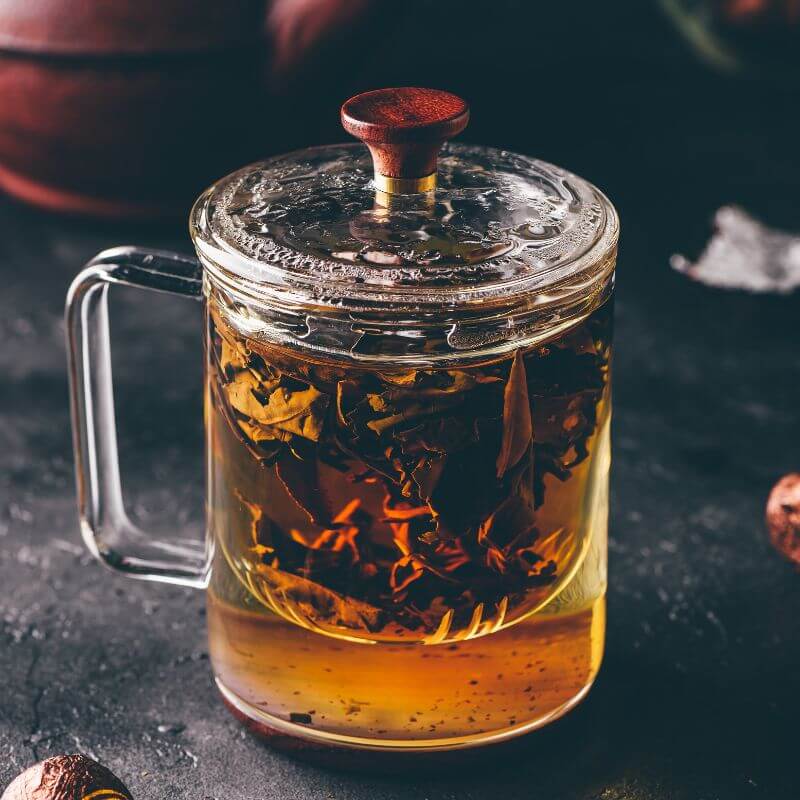How to brew tea – A comprehensive guide

Brewing tea is a timeless tradition that spans cultures and continents, offering not just a comforting beverage but also a ritual that varies in technique and flavor depending on the type of tea used. Whether you prefer the delicate notes of green tea, the robust flavors of black tea, the floral aromas of herbal tea, or the complex profiles of oolong and white teas, brewing the perfect cup requires attention to detail and an understanding of each tea’s unique characteristics. This comprehensive guide covers everything you need to know about how to brew tea, from selecting the right tea and water temperature to steeping times and serving suggestions.
Choosing Your Tea
Before you begin brewing, it’s essential to choose the right type of tea:
Types of Tea
- Black Tea: Fully oxidized tea leaves, offering robust flavors often accompanied by astringency. Examples include Assam, Earl Grey, and English Breakfast.
- Green Tea: Unoxidized tea leaves with a fresh, vegetal flavor profile and lighter color. Examples include Sencha, Jasmine, and Matcha.
- Oolong Tea: Partially oxidized tea leaves, ranging in flavor from floral and fruity to toasty and nutty. Examples include Tie Guan Yin and Da Hong Pao.
- White Tea: Minimal processing with delicate flavors and subtle sweetness. Examples include Silver Needle and Bai Mu Dan.
- Herbal Tea: Infusions made from herbs, spices, flowers, or fruits rather than tea leaves. Examples include Chamomile, Peppermint, and Rooibos.
Tools Needed
Essential Tools
- Tea Kettle: For heating water to the appropriate temperature.
- Teapot or Infuser: For steeping loose tea leaves or tea bags.
- Tea Strainer: To filter out loose tea leaves when pouring.
- Timer: To ensure proper steeping time.
- Teacups or Mugs: For serving.
Steps to Brew Tea
1. Boil Water
- Temperature: Different types of tea require different water temperatures:
- Black Tea: Near boiling (100°C or 212°F).
- Green Tea: Cooler (70-85°C or 158-185°F).
- Oolong Tea: Hot (85-95°C or 185-205°F).
- White Tea: Cooler (70-85°C or 158-185°F).
- Herbal Tea: Near boiling (100°C or 212°F).
- Fresh Water: Use fresh, cold water to avoid flat-tasting tea.
2. Preheat Teapot
- Warm the Teapot: Pour a small amount of hot water into the teapot or mug to warm it. Discard the water after a few seconds.
3. Measure Tea Leaves
- Tea Quantity: Measure tea leaves according to your taste preference:
- Black Tea: 1 teaspoon per cup (8 oz).
- Green Tea: 1 teaspoon per cup (8 oz).
- Oolong Tea: 1-2 teaspoons per cup (8 oz).
- White Tea: 1-2 teaspoons per cup (8 oz).
- Herbal Tea: 1-2 teaspoons per cup (8 oz).
4. Steep Tea
- Steeping Time: Steep the tea leaves for the appropriate duration:
- Black Tea: 3-5 minutes.
- Green Tea: 2-3 minutes.
- Oolong Tea: 4-7 minutes.
- White Tea: 4-5 minutes.
- Herbal Tea: 5-7 minutes or longer for stronger flavor.
- Cover: Cover the teapot or mug while steeping to retain heat and aroma.
5. Strain and Serve
- Remove Tea Leaves: Once steeping is complete, remove the tea leaves or tea bag promptly to avoid over-extraction.
- Pour: Pour the brewed tea into teacups or mugs through a strainer if using loose tea leaves.
6. Enjoy Your Tea
- Serve: Serve hot, plain, or with sweeteners like honey or sugar, and optionally with milk or lemon depending on the type of tea.
Additional Tips
Storage
- Tea Leaves: Store tea leaves in a cool, dry place away from light and moisture to maintain freshness.
Experimentation
- Adjust Strength: Experiment with tea leaf quantity and steeping times to find your preferred strength and flavor profile.
Specialty Teas
- Blooming Tea: Watch flowering teas unfurl in hot water for a visual treat.
- Iced Tea: Brew tea at double strength, then pour over ice for a refreshing beverage.
Herbal Infusions
- Custom Blends: Create custom herbal blends by mixing different herbs, flowers, and spices.
Conclusion
Brewing tea is a delightful experience that combines artistry with science, allowing you to enjoy a wide range of flavors and aromas. By following these steps and experimenting with different types of tea, water temperatures, and steeping times, you can discover the nuances of each tea variety and tailor your brewing method to suit your personal taste preferences. Whether you savor a hot cup of robust black tea in the morning or unwind with a soothing herbal infusion in the evening, brewing tea offers a comforting ritual that enhances your overall well-being and appreciation for this timeless beverage.







